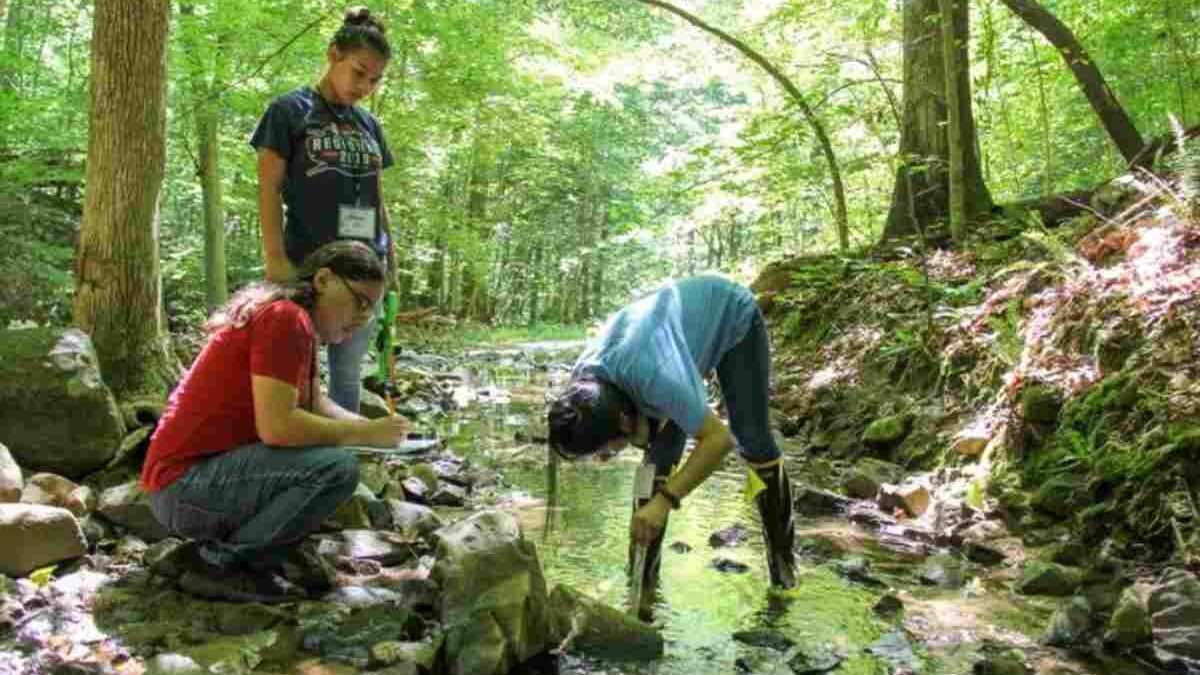Environmental education is more than just a school subject — it is a powerful tool for building a better future. In high schools, it helps students understand how nature and human activities are connected. As the world faces serious environmental problems, teaching young people about these issues and possible solutions is more important than ever. Including environmental studies in school lessons prepares students to not only be aware but also ready to take action.
Learning about the environment helps students develop a sense of responsibility toward protecting the planet. They discover how all living things depend on each other and why it is important to adopt sustainable habits. By teaching these ideas early, we prepare future generations to understand the impact of their actions and encourage them to make positive changes that support a healthy and sustainable world.
Overcoming Implementation Challenges in Environmental Education
Introducing environmental education in schools can be challenging. There are several obstacles that need to be addressed for successful implementation.
Resource Limitations
One major challenge is the lack of resources. Many schools do not have enough funds, books, lab equipment, or transportation for field trips. These limitations make it difficult to create strong environmental programs. To solve this, schools can work with local organizations, apply for grants, or use free online resources. This can make environmental education more practical and affordable for schools.
Teacher Training
Another challenge is the lack of teacher training. Many educators may not have enough knowledge or confidence to teach environmental topics effectively. Offering workshops, training courses, and professional development programs can help teachers gain the needed skills. Schools can also create networks where teachers share resources and teaching methods. This support system improves the quality of environmental education.
Curriculum Limitations
School curriculums are often full, leaving little space for new subjects like environmental studies. A smart solution is to integrate environmental topics into existing lessons. For example, science classes can include ecosystems and climate change, while social studies can explore the social and economic effects of environmental problems. This method enriches learning without adding extra pressure on students or teachers.
Many high schools around the world have successfully added environmental education to their programs. These schools combine lessons in the classroom with practical projects and community involvement.
School Gardens and Sustainable Farming
Some schools have set up gardens on their campuses. Students learn about sustainable farming, biodiversity, and the importance of caring for nature. These gardens become outdoor classrooms where students gain hands-on experience. They also provide fresh produce for the school, teaching students about food production and healthy eating.
Recycling and Waste Reduction Programs
Other schools have started recycling and waste reduction projects. These initiatives teach students about reducing their ecological footprints. Often led by students, they include activities like composting and recycling drives. This active participation helps students understand the value of conserving resources and protecting the environment.
Partnerships with Environmental Groups
Some schools work with local environmental organizations. These partnerships give students access to experts, workshops, and real-world experiences. Students may get opportunities for internships or volunteer work. This connection between learning and real-world action makes environmental education more engaging and may inspire future careers in environmental fields.
Teachers as Environmental Champions
Teachers play a key role in inspiring environmental awareness among students. Their passion and knowledge can spark a lasting interest in sustainability. But for teachers to make the greatest impact, they need ongoing support and training.
Professional Development for Teachers
Workshops, courses, and conferences can give teachers the latest knowledge and teaching methods. Training may include new technologies, teaching strategies, and updates on environmental challenges. Well-prepared teachers can deliver lessons that are accurate, engaging, and inspiring for students.
Collaboration and Resource Sharing
A collaborative school environment where teachers share resources strengthens environmental education. When teachers exchange ideas, lesson plans, and tools, the quality of teaching improves for everyone.
Support from School Administrations
School leaders play an important role in supporting environmental education. Teachers need enough time, resources, and financial backing to plan and deliver effective programs. Support can include planning time, funding for materials, and opportunities for professional development.
When schools invest in teachers, they create better learning experiences for students. Teachers feel valued, motivated, and prepared to inspire the next generation of environmental champions.

